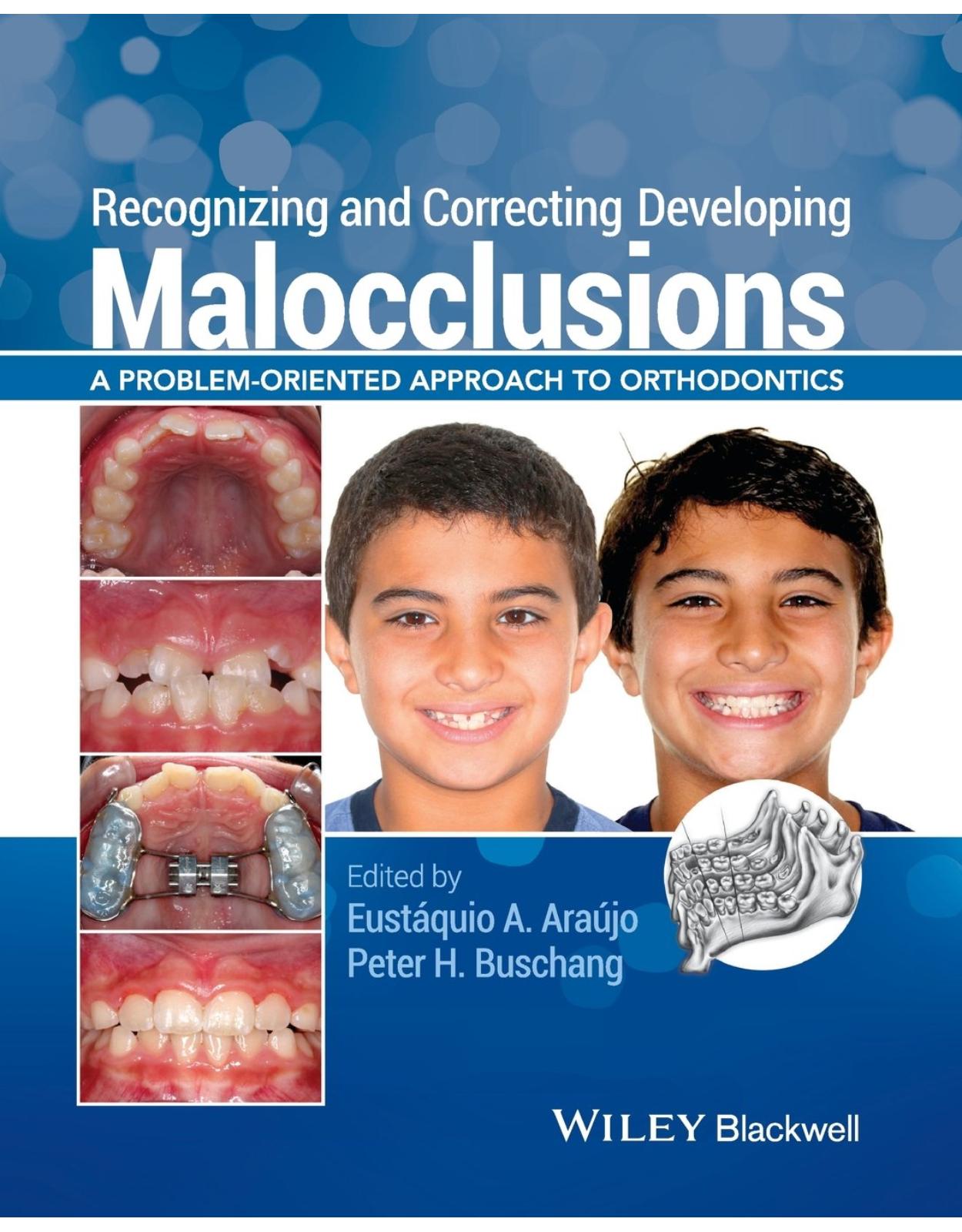
Recognizing and Correcting Developing Malocclusions: A Problem-Oriented Approach to Orthodontics
Livrare gratis la comenzi peste 500 RON. Pentru celelalte comenzi livrarea este 20 RON.
Description:
Recognizing and Correcting Developing Malocclusions: A Problem-Oriented Approach to Orthodontics provides an evidence-based approach to early treatment, an often-controversial topic. Based on decades of experience in clinical practice and education, Drs. Araújo and Buschang clearly present treatment protocols for mixed-dentition patients with various malocclusions and other orthodontic problems. Class I, Class II, and Class III malocclusions are covered extensively, along with eruptive deviations and open-bite malocclusions. The literature is comprehensively reviewed to ensure that the reader thoroughly understands the development, phenotypic characteristics and etiology of each type of malocclusion. Taking a problem-oriented approach, the authors provide detailed information for each case, develop comprehensive problem lists, and then provide evidence-based treatment solutions. The clinical focus of the text is ideal suited for private-practice clinician, with numerous references and academic underpinnings to ensure its suitability for orthodontic and pediatric dentistry residents.
Focuses solely on mixed dentition orthodontic treatments
Great variety of case studies--5 to 10 cases per chapter
Each case is presented in the format of a problem list and evidence-based solutions
More than 300 clinical photographs and radiographs
Table of Contents:
Chapter 1: A Guide for Timing Orthodontic Treatment
1.1 Occlusal Deviations with Indications for Interceptive Orthodontic Treatment
1.2 Ideal Timing for Early Treatment
References
Chapter 2: Development of the Occlusion: What to do and When to do it
2.1 Stage 1 – Eruption of Deciduous Teeth
2.2 Stage 2 – Completion of the Deciduous Dentition
2.3 Stage 3 – Eruption of First Permanent Molars
2.4 Stage 4 – Eruption of Permanent Incisors
2.5 Stage 5 – Eruption of Mandibular Canines and First Premolars
2.6 Stage 6 – Eruption of Second Premolars
2.7 Stage 7 – Eruption of Maxillary Canines and Second Molars
2.8 Conclusions
References
Chapter 3: Mixed Dentition Diagnosis: Assessing the Degree of Severity of a Developing Malocclusion
3.1 Assessing Treatment Need, Complexity and Outcome
3.2 Assessing Interceptive Treatment Outcome
References
Chapter 4: The Genetics of the Dental Occlusion and Malocclusion
4.1 Introduction
4.2 Chromosomal Abnormalities
4.3 Single Gene Defects
4.4 Multifactorial Inheritance
4.5 Genetics of Non-Syndromic Malocclusion
4.6 Altered Tooth Number
4.7 Altered Tooth Structure
4.8 Altered Eruption
4.9 Radiographic Deviations Associated with Genetic Conditions
4.10 Conclusion
References
Chapter 5: Class I: Recognizing and Correcting Intra-Arch Deviations
Section I: The Development and Etiology of a Class I Malocclusion
5.1 Introduction
5.2 Prevalence of Class I Malocclusion and Changes in Arch Form
5.3 Class I Malocclusion and the Dental Compensatory Mechanism
5.4 What Anterior Mandibular Malalignment is Related to
References
Section II: Intercepting Developing Class I Problems
5.5 Tooth Size Arch Length Discrepancy (TSALD)
5.6 The Assessment of Crowding in the Mixed Dentition
References
Chapter 6: Recognizing and Correcting Class II Malocclusions
Section I: The Development, Phenotypic Characteristics, and Etiology of Class II Malocclusion
6.1 Introduction
6.2 Characterization of the Class II, Division 2 Phenotype
6.3 Characterization of the Class II Division 1 Phenotype
6.4 Developmental Changes of Class IIs
6.5 Class II Developmental Changes
6.6 Etiology
References
Section II: Class II Treatment: Problems and Solutions
6.7 Early Class II Adjustment
6.8 Treatment
References
Chapter 7: Recognizing and Correcting Class III Malocclusions
Section I: The Development, Phenotypic Characteristics, and Etiology of Class III Malocclusion
7.1 Introduction
7.2 Characterization of the Class III Phenotype
7.3 Class III Development
7.4 Etiology
References
Section II: Class III Treatment: Problems and Solutions
7.5 Diagnosis
7.6 Communication
7.7 Early Intervention
7.8 Orthopedic Maxillary Expansion
7.9 Face Mask and/or Chincup Orthopedics
7.10 Leeway Space Control
7.11 Orthodontic Mechanics
7.12 Finishing
7.13 Retention
7.14 Growth Re-Evaluation
References
Chapter 8: Special Topics
Section I: Habit Control: the Role of Function in Open-Bite Treatment
8.1 Nutritive vs. Non-Nutritive Sucking Habits
8.2 Tongue Physiology
8.3 Tongue Thrusting and Forward Resting Posture of the Tongue
8.4 Breaking the Habit
8.5 Treatment
References
Section II: Eruption Deviations
8.6 Eruption Deviations
8.7 Eruption Deviation and PIOM: What are the Most Frequent Eruption Disturbances in Each Stage of Dental Development?
References
Section III: Strategies for Managing Missing Second Premolar Teeth in the Young Patient
8.8 General Concepts
8.9 Longevity of the Second Deciduous Molar, Resorption, and Infraocclusion
8.10 The Alveolar Ridge in Extracted Deciduous Molars
8.11 Overall Dental Health and Cost
8.12 Case Histories
8.13 Summary
References
Section IV: Principles and Techniques of Premolar Autotransplantation
8.14 Class II Malocclusion with Congenitally Missing Lower Second Premolars
8.15 Traumatic Loss of Upper Incisor/s
8.16 Uneven Tooth Distribution with Multiple Agenesis
8.17 Surgery
8.18 Selection of Anesthesia (Local vs. General)
8.19 Premolar to Premolar Transplantation
8.20 Premolar to Anterior Maxilla Transplantation
8.21 Post-Operative Instructions
8.22 Follow-up
8.23 Pulp Healing
8.24 Periodontal Healing
8.25 Root Growth
8.26 Reshaping to Incisor Morphology
References
Section V: Mixed Dentition Orthodontic Mechanics
8.27 Definitions and Terminology [1–3]
References
Index
End User License Agreement
| An aparitie | 15 Jan. 2016 |
| Autor | Araújo |
| Dimensiuni | 19.05 x 1.27 x 24.64 cm |
| Editura | Wiley |
| Format | Paperback |
| ISBN | 9781118886120 |
| Limba | Engleza |
| Nr pag | 266 |

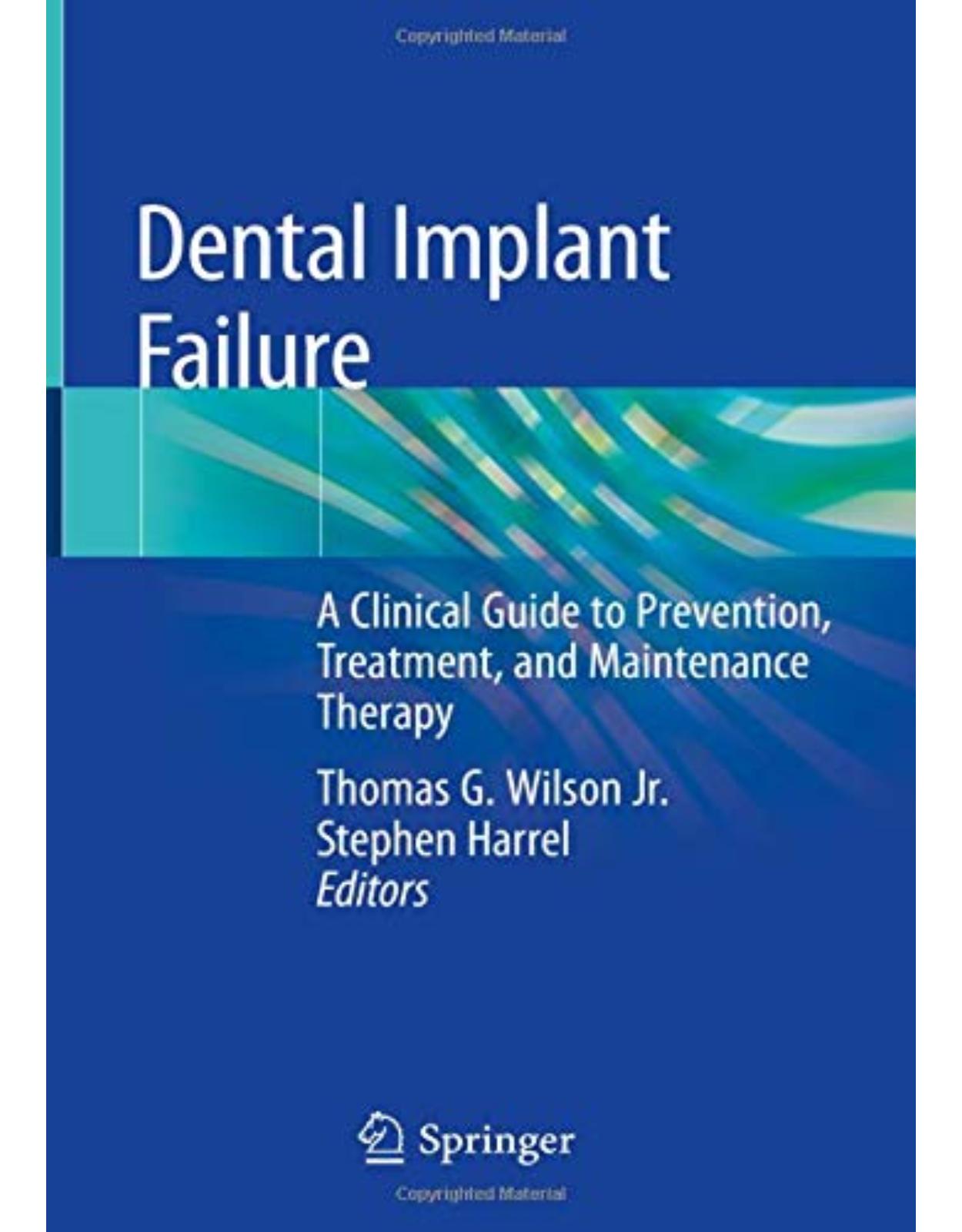
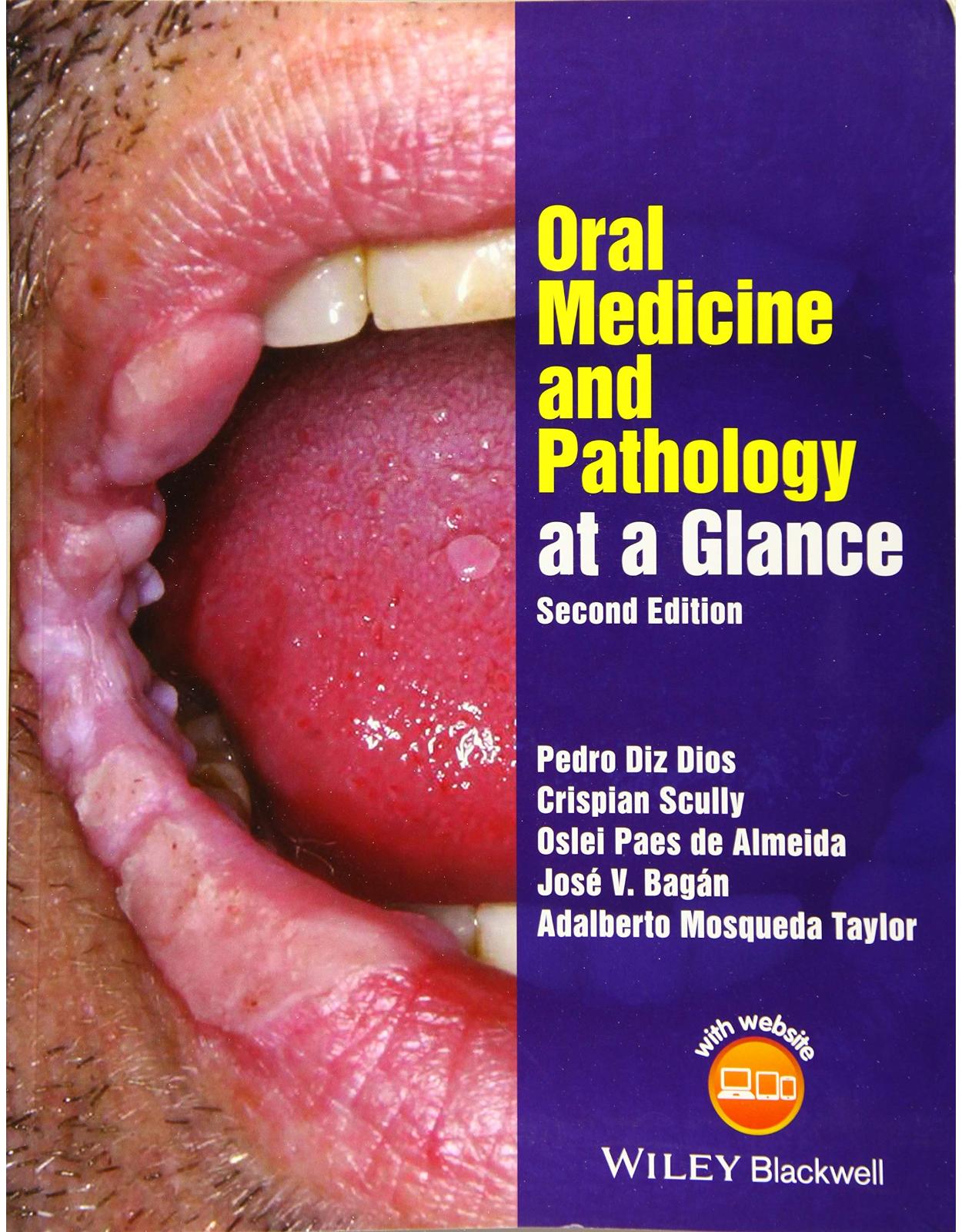
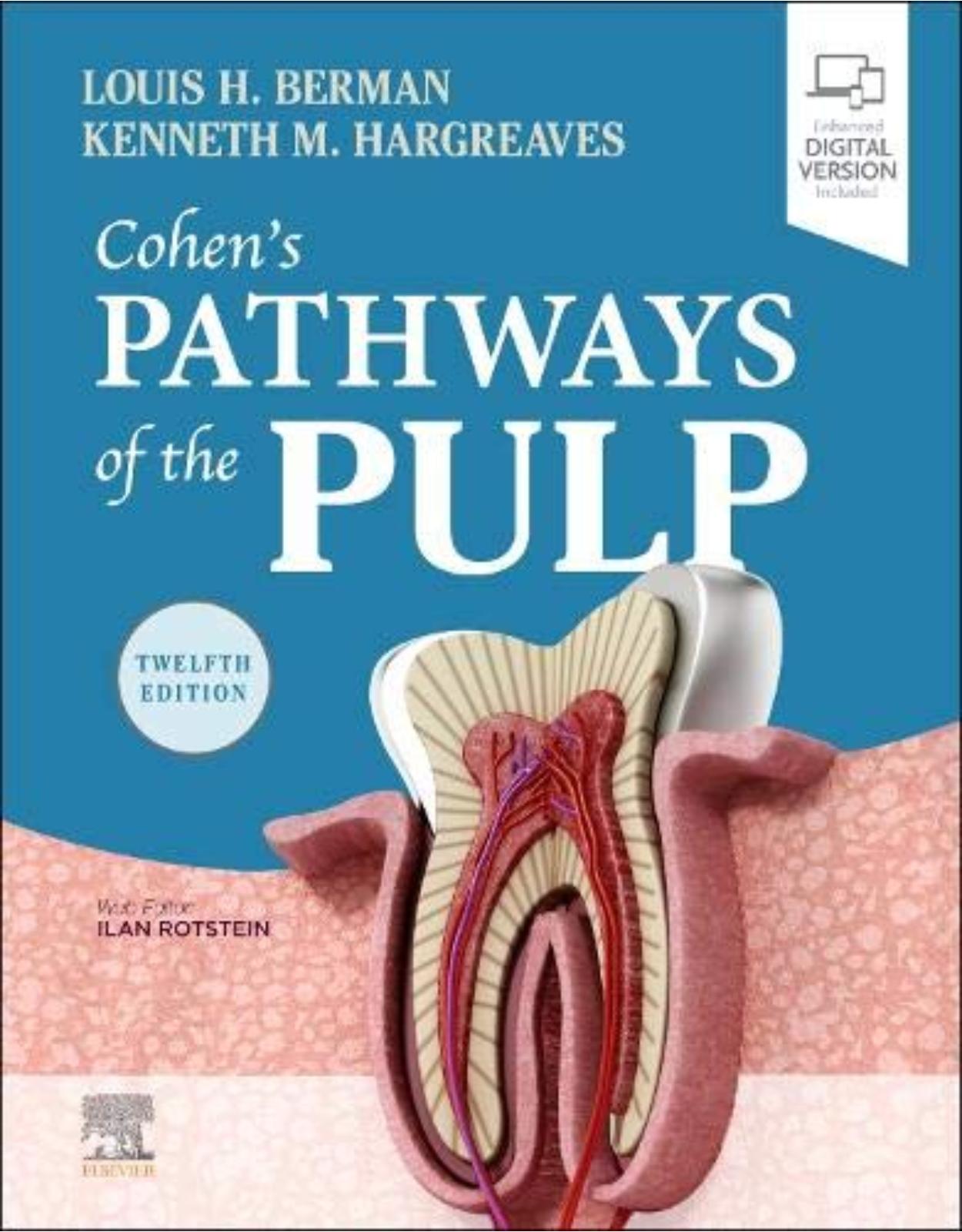
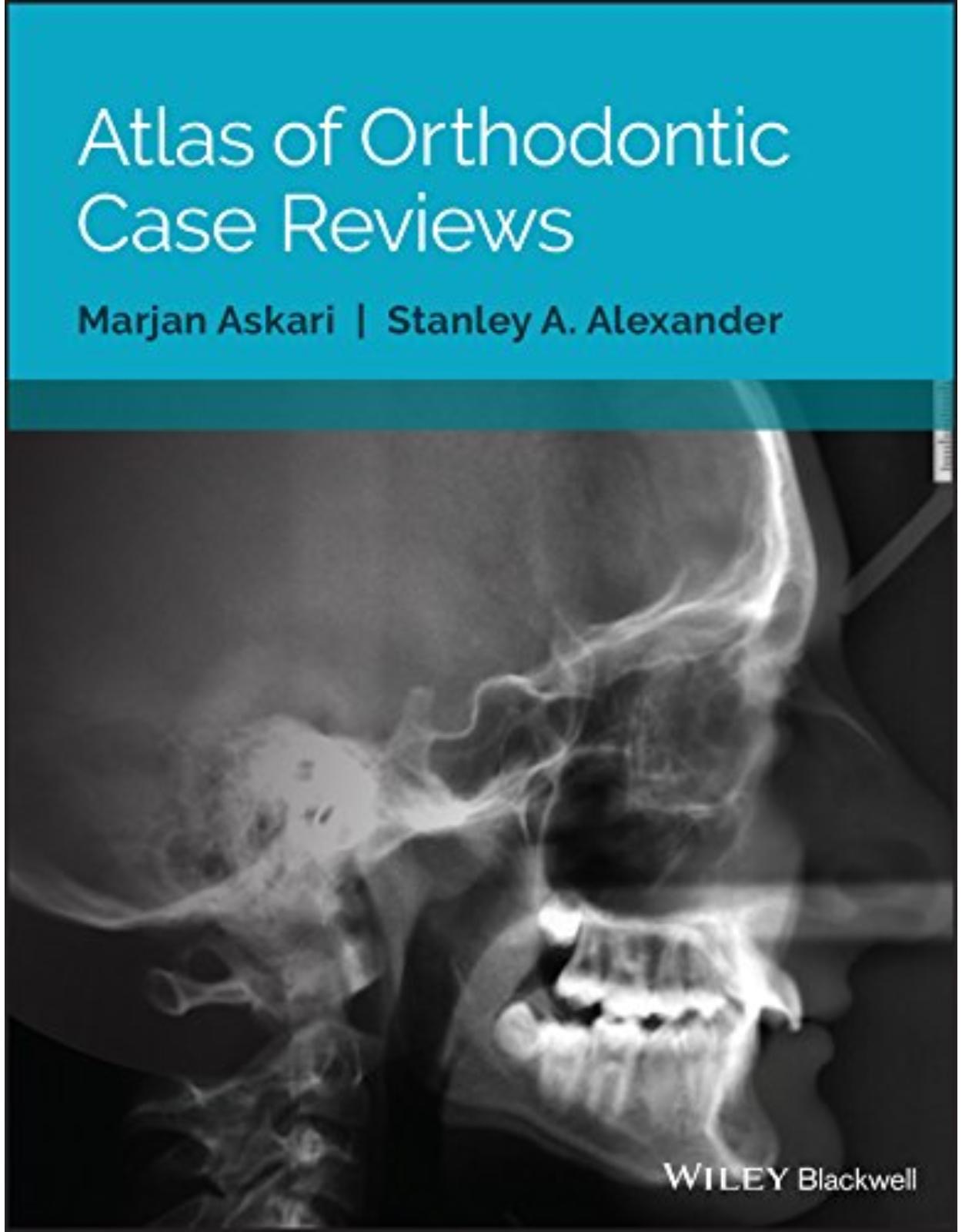
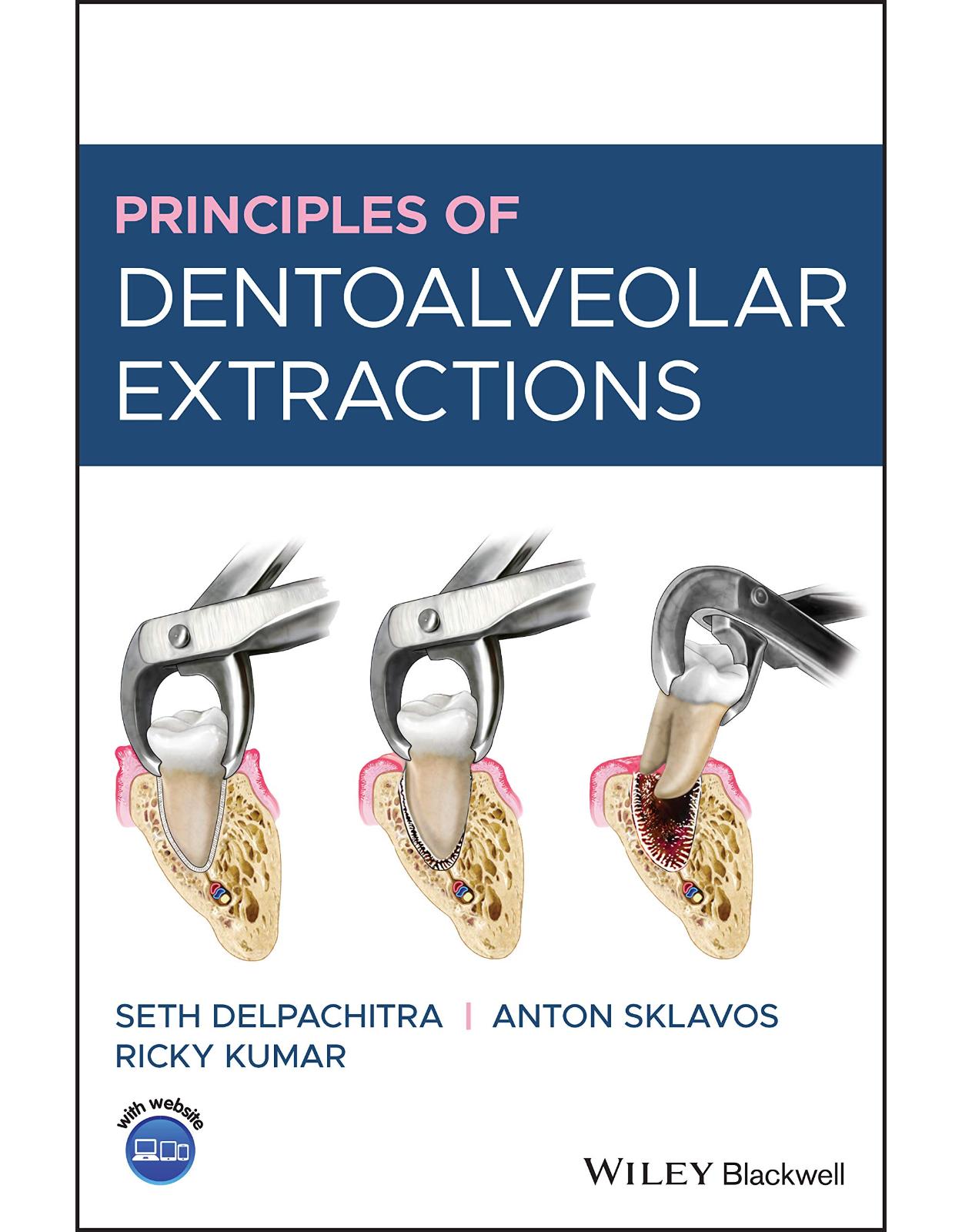
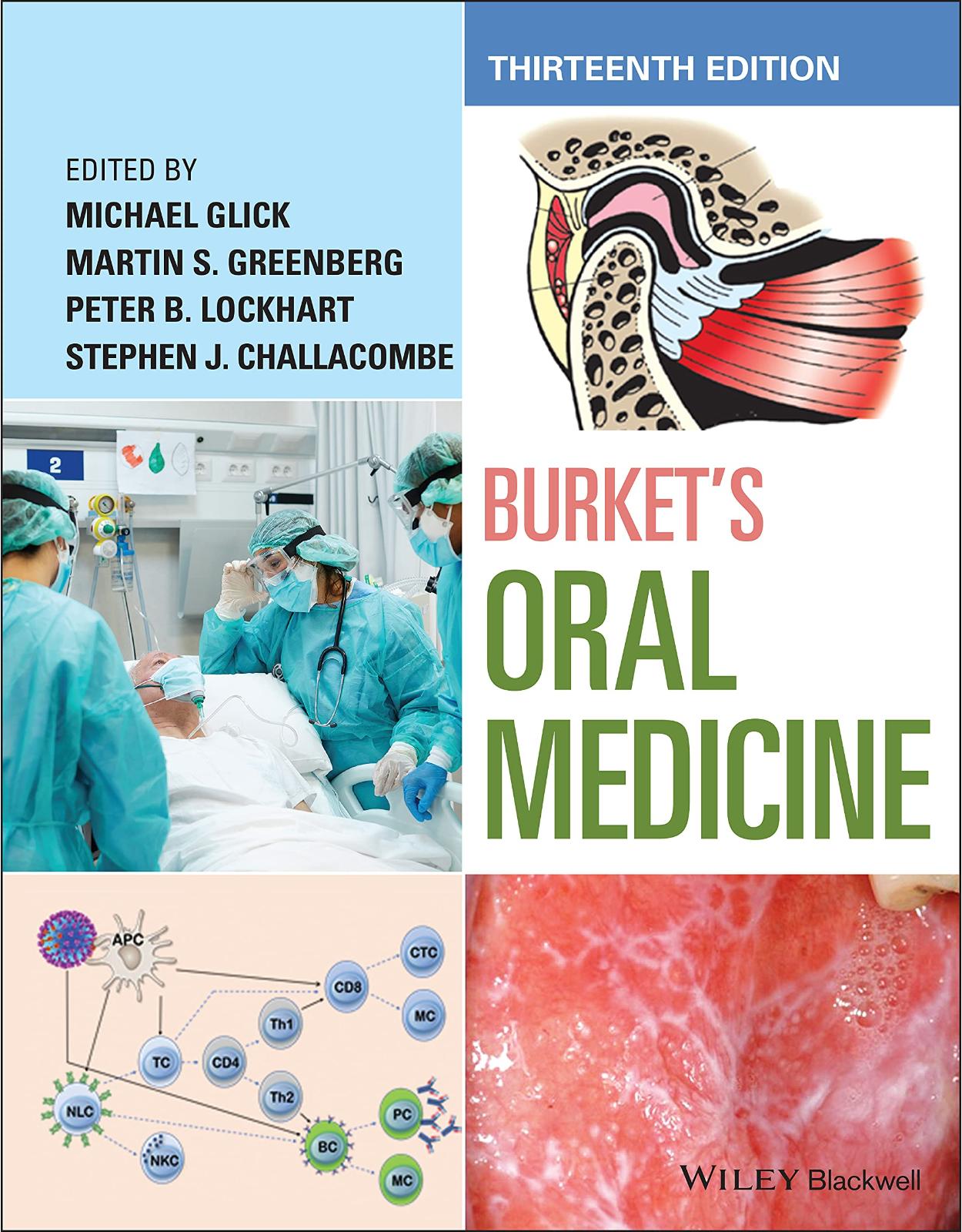
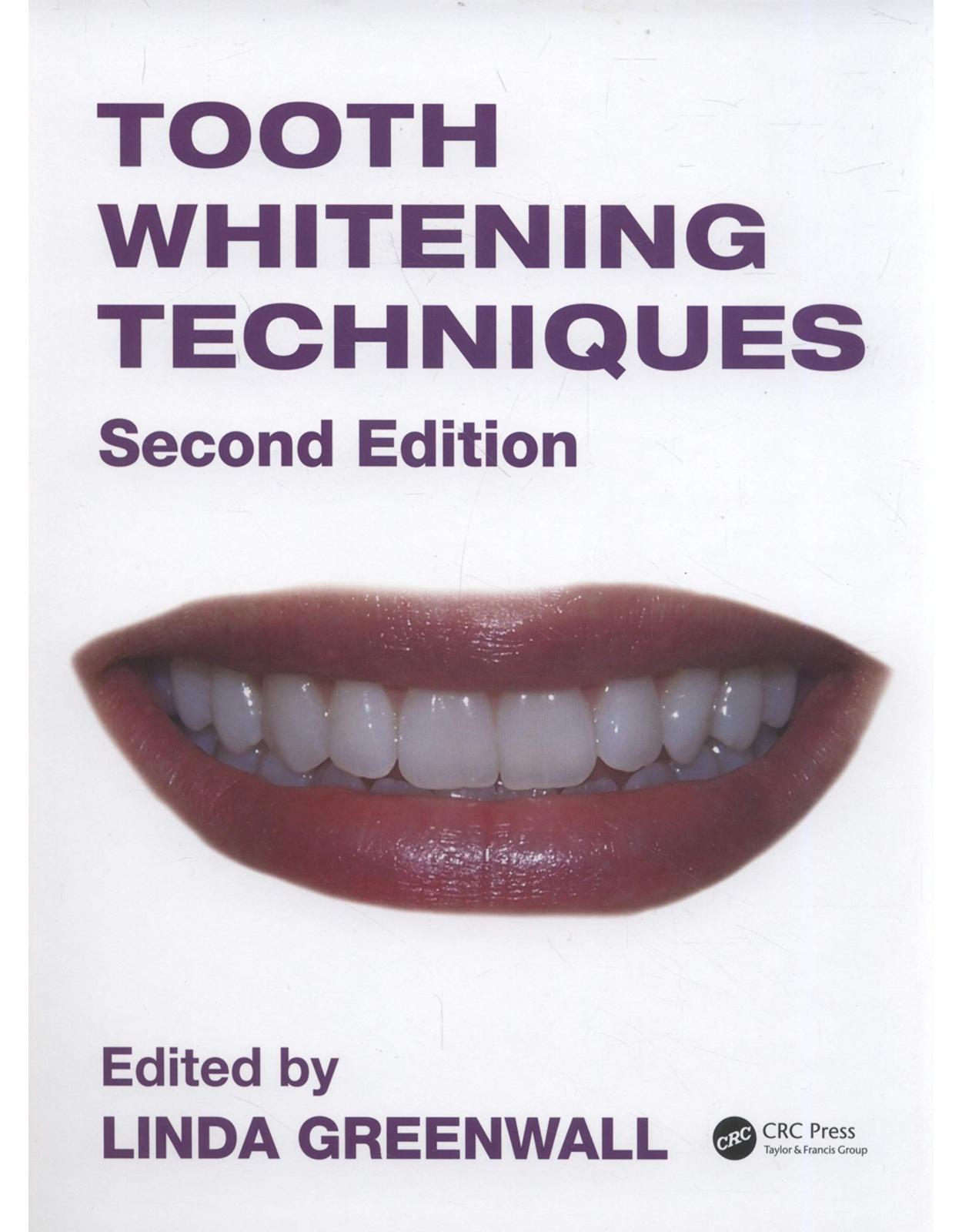
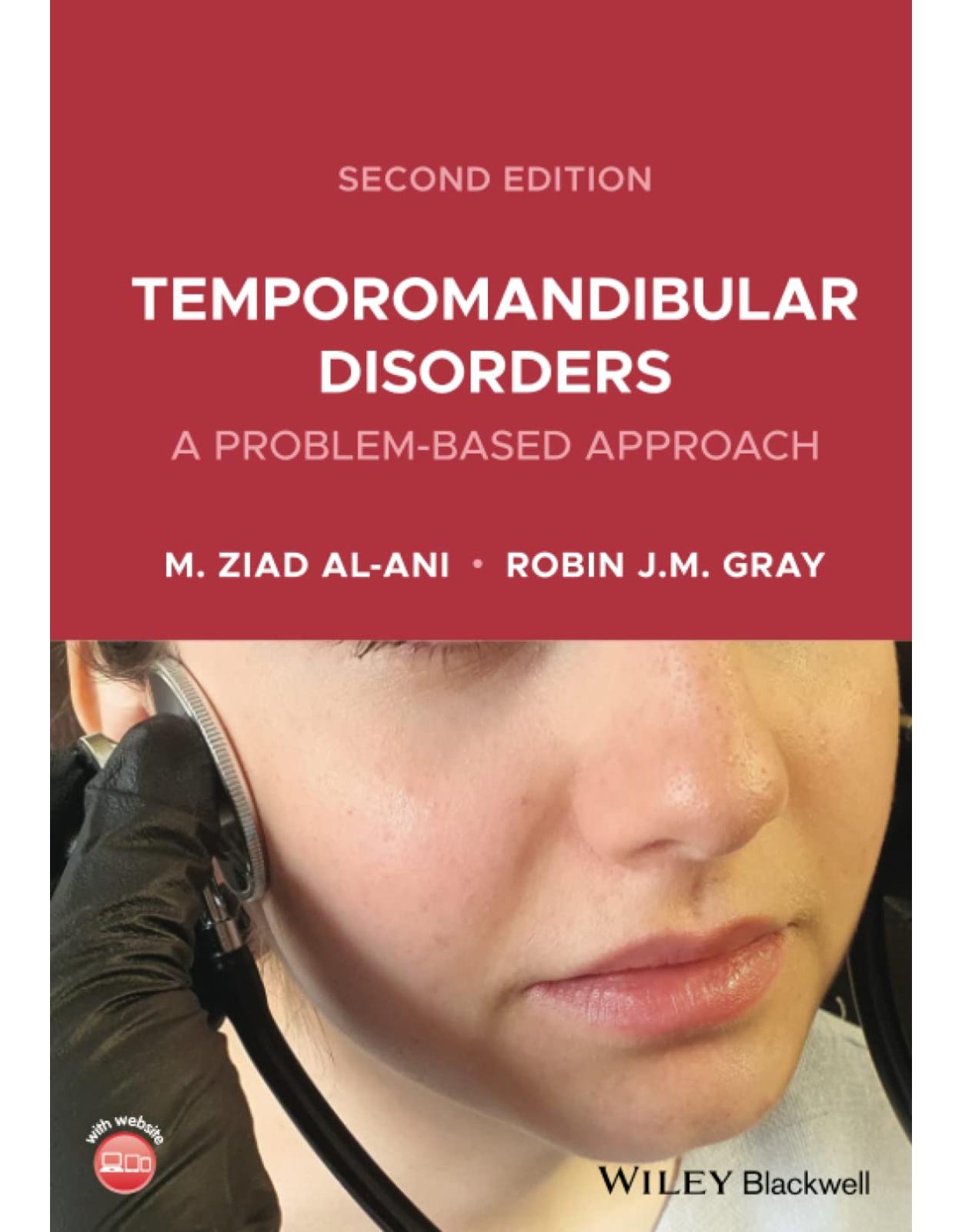
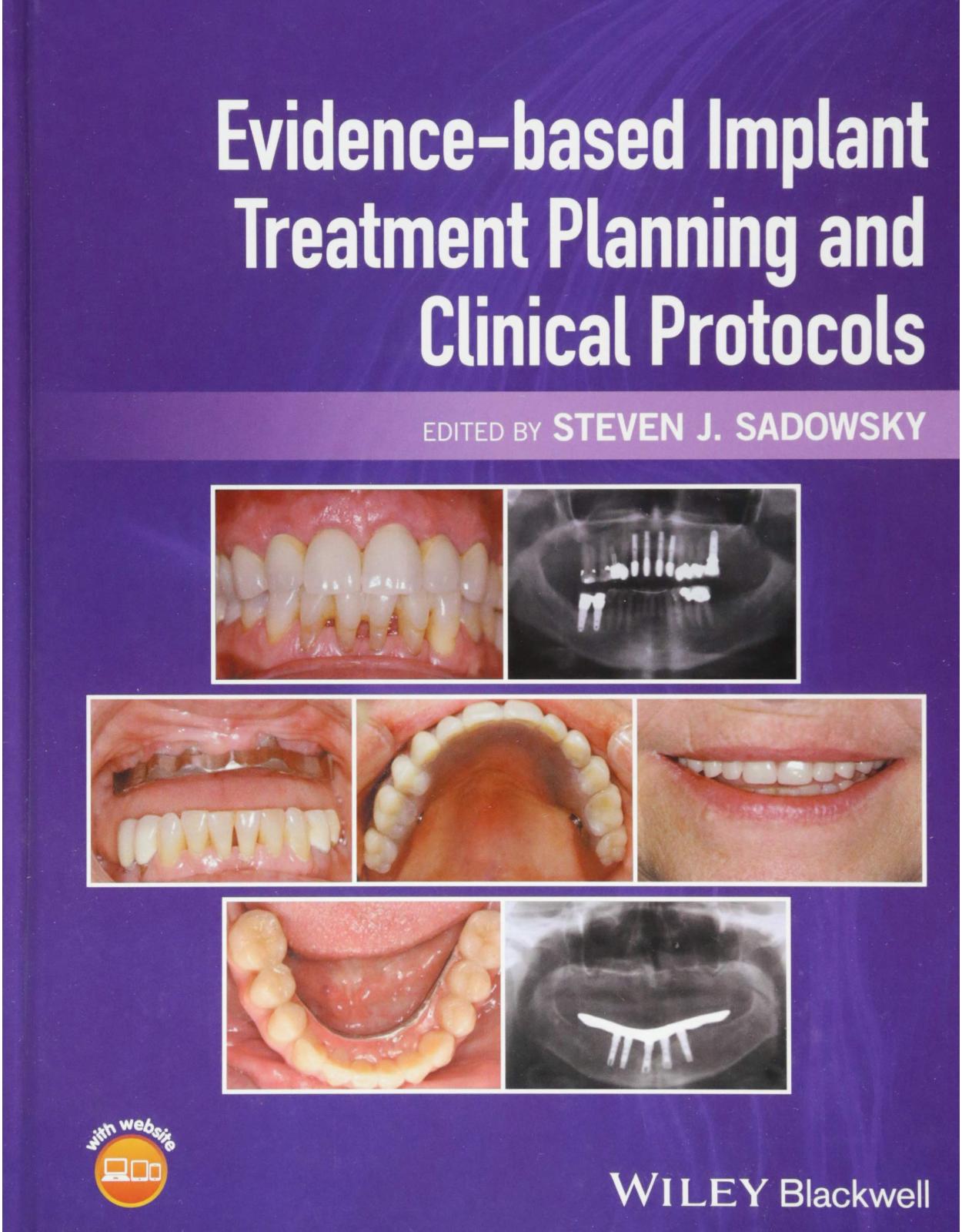
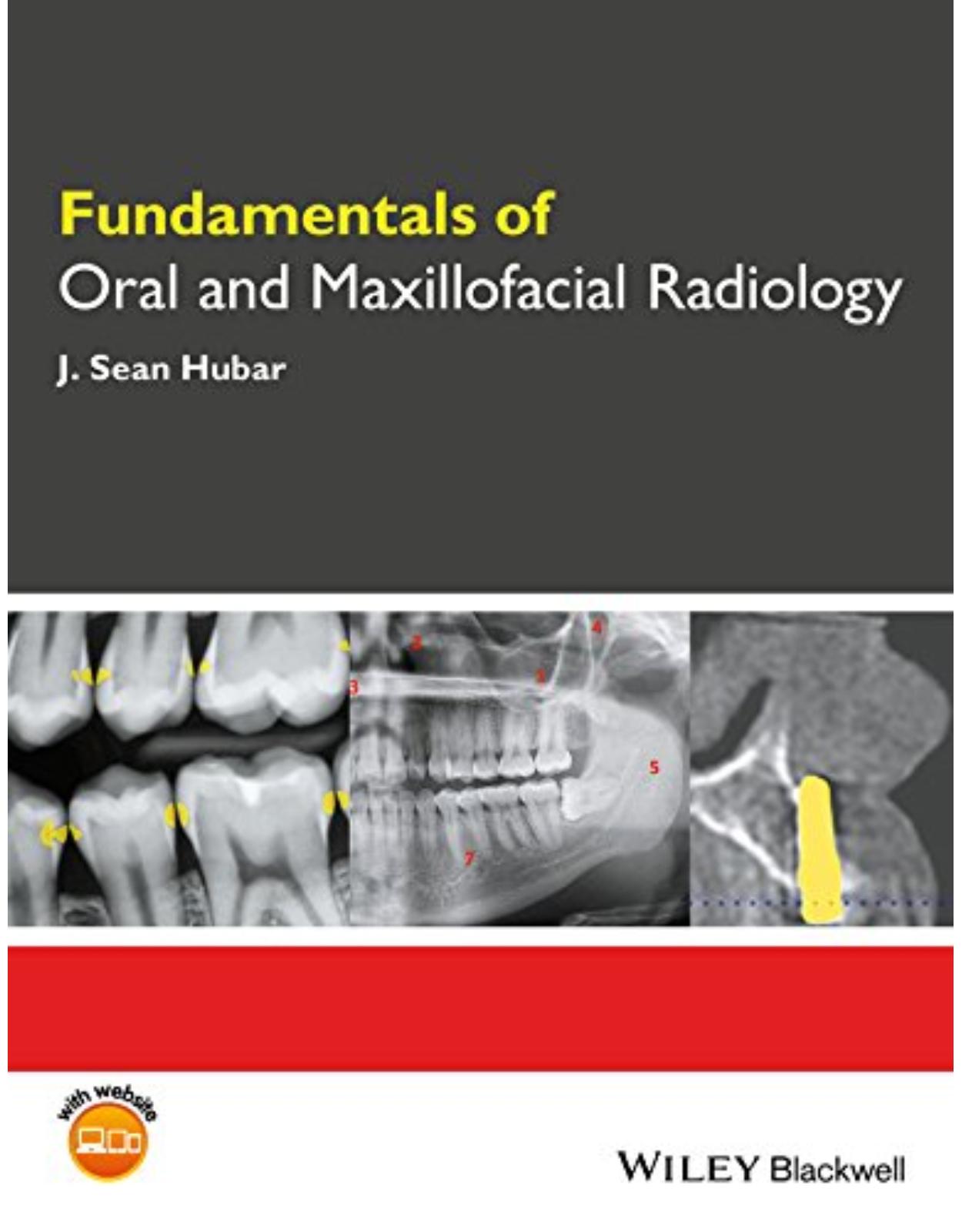
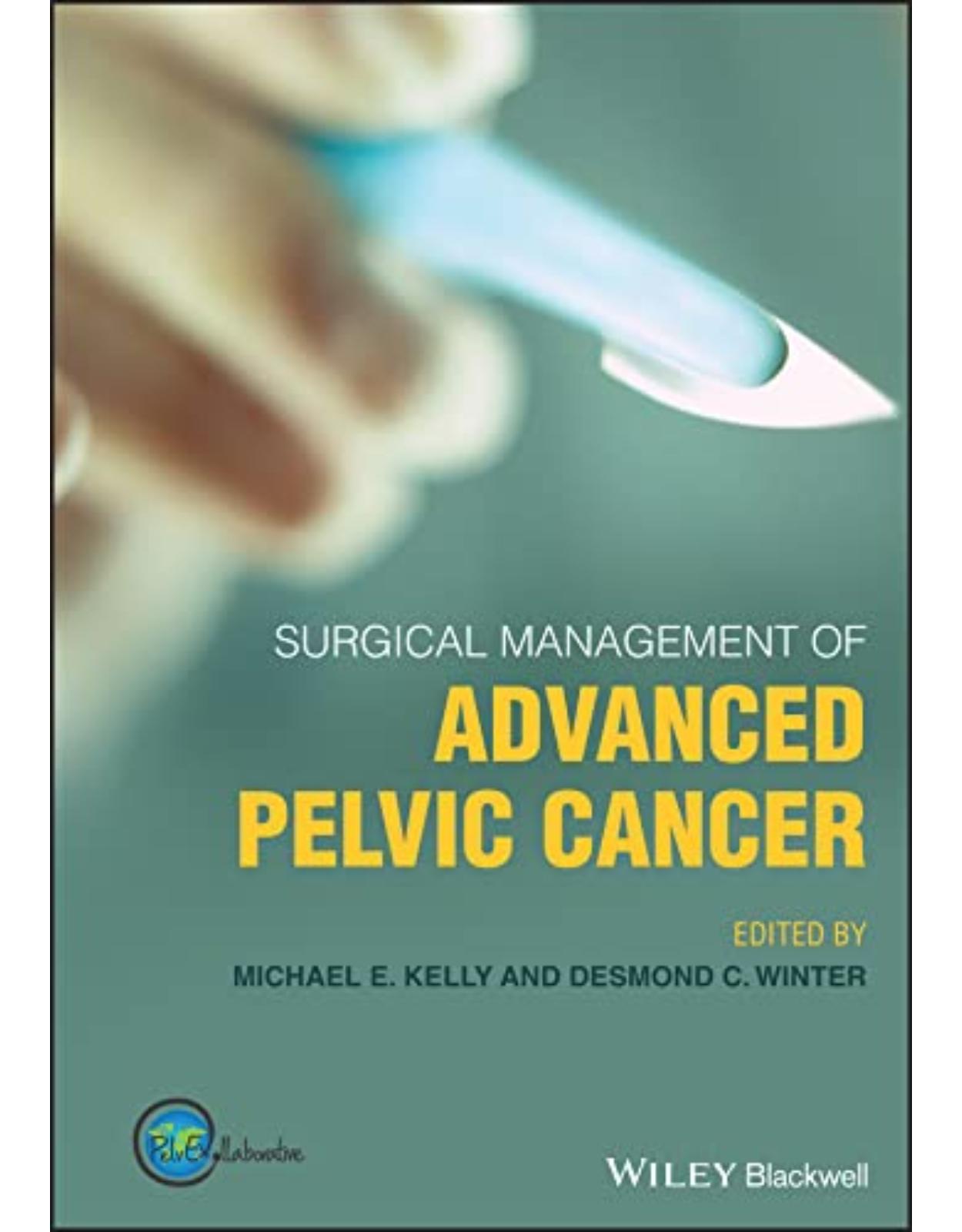

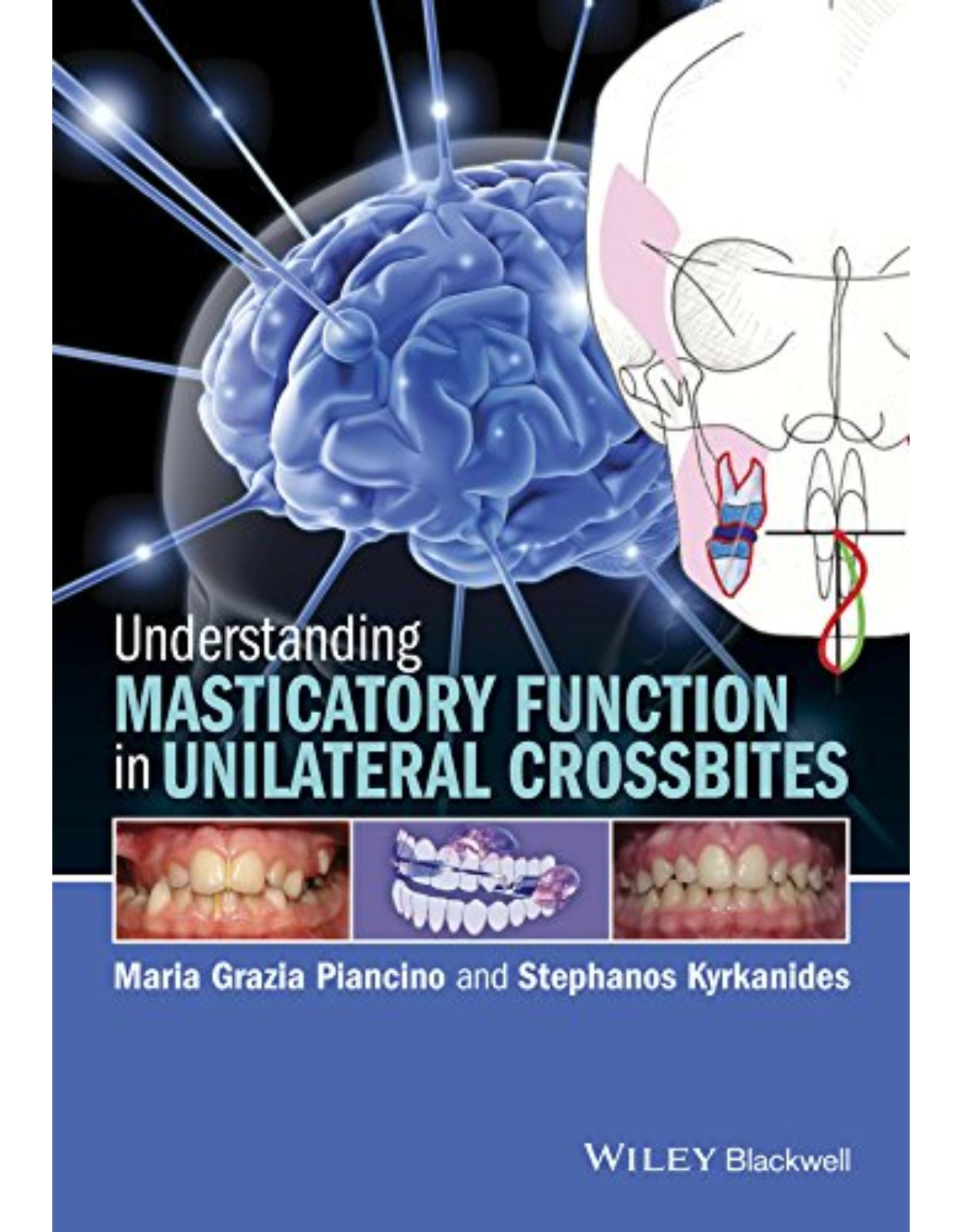
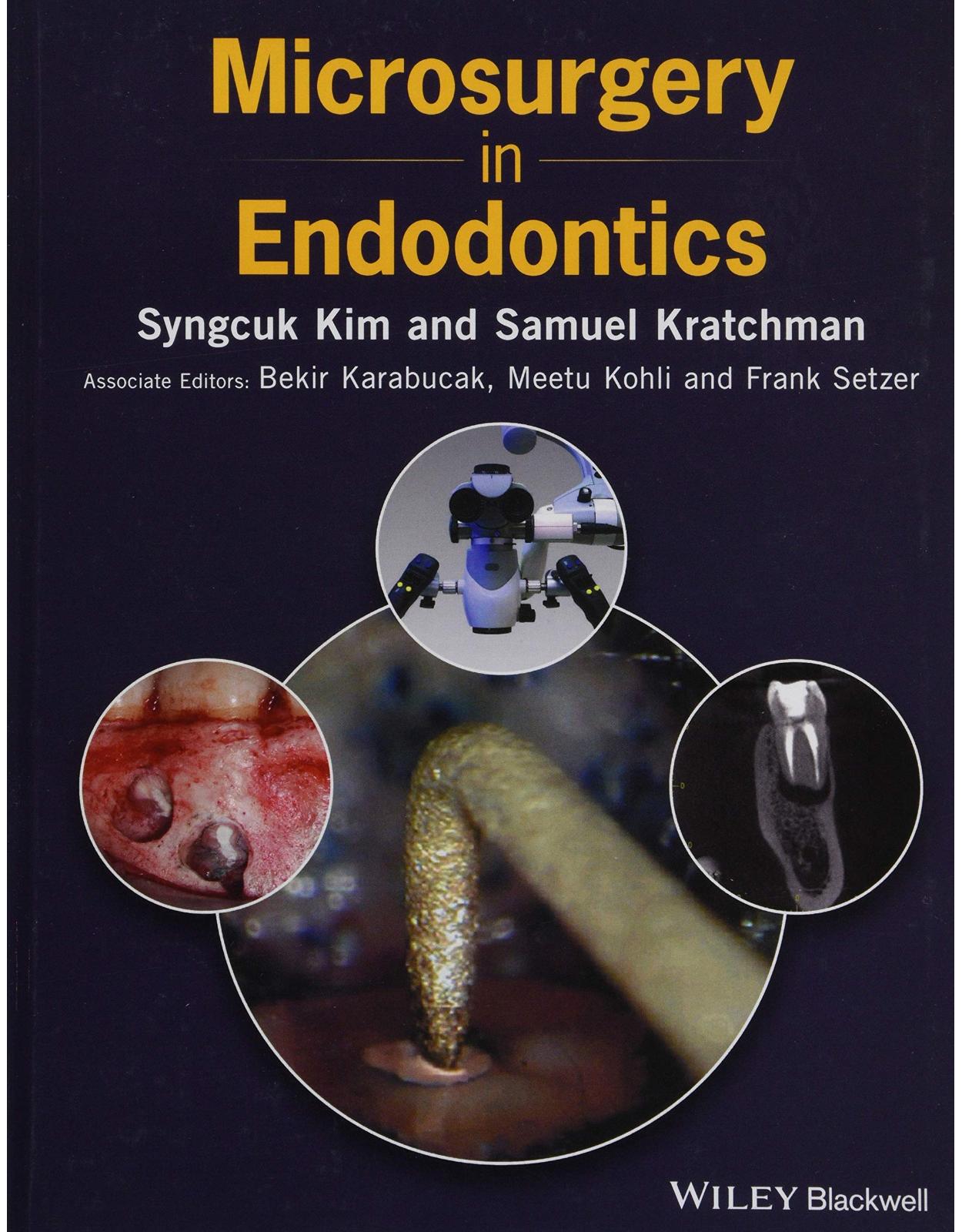

Clientii ebookshop.ro nu au adaugat inca opinii pentru acest produs. Fii primul care adauga o parere, folosind formularul de mai jos.